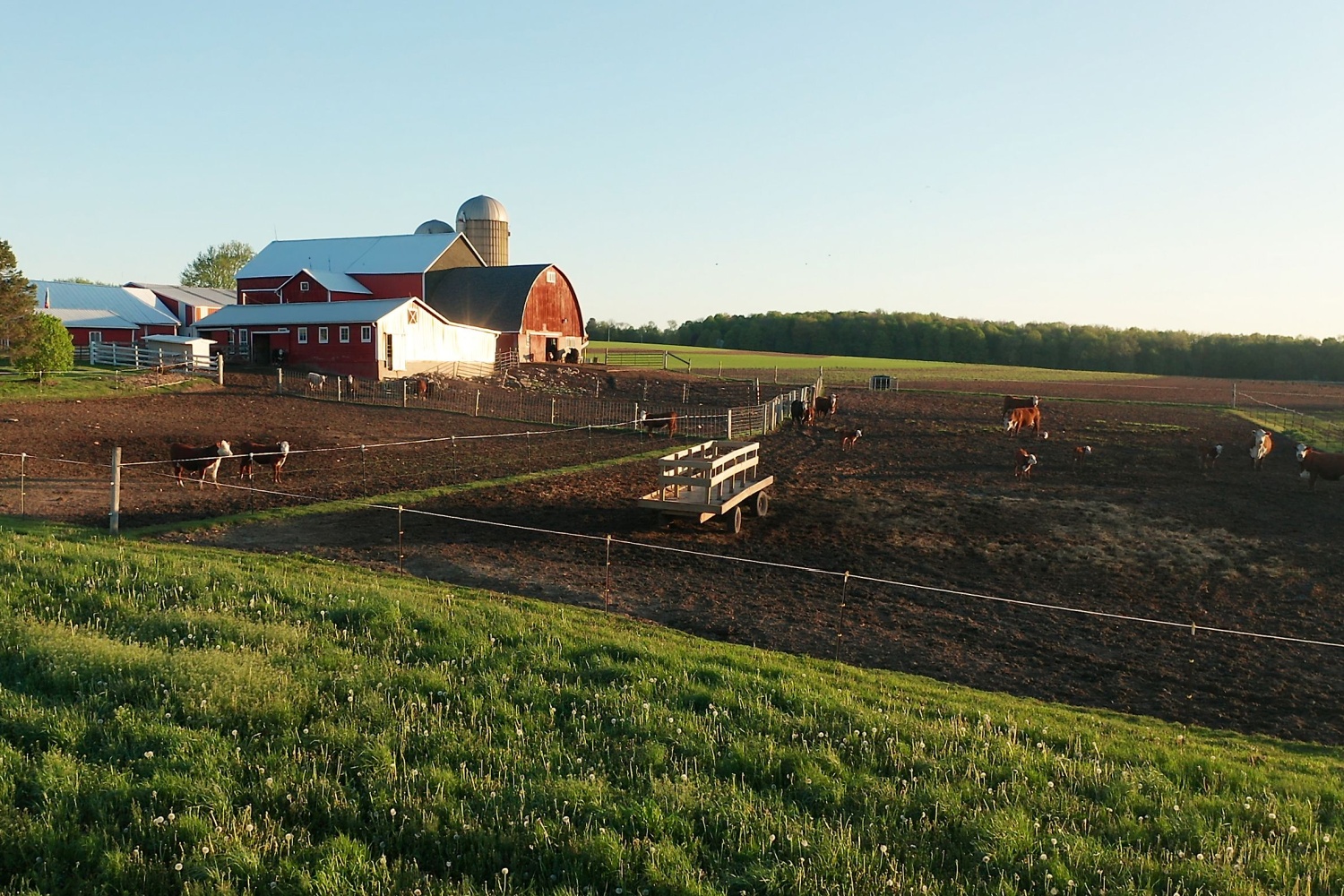The USDA’s annual look at farmland values and cash rents, according to Chief Economist Seth Meyer, indicates a cooling in year-over-year growth, but that tread is more reflective in some areas than others.
“Cash rents [are] showing flat value changes year over year, where we’re seeing the farmers’ assessed value of their agricultural real estate increasing by 4.3%.”
This reflects both agricultural land values and cash rents, and how the USDA approaches them for statistical purposes.
“The land value is essentially: What do you think the value of your land is? And then, on the other side of that is: What did you actually spend on cash rent? And those cash rents were largely determined in the fall of last year.”
So why does the chief economist think late 2024 and 2025 to date might reflect a cooling of increasing land values and cash rents?
“As we went through, say, 2021, 2022, and even 2023 with very high commodity prices, we saw really strong growth in both cash rents and in land values.”
Even with recent commodity prices at lower levels:
“I think we have a cooling, but the cooling is, interestingly, much more on the cash rent side, in terms of year over year growth, than it is on how producers view the value of their land.”
Breaking Down land values by crop lands and pastures:
“If we separate it out into cropland, still, producers assess that cropland increased 4.7% in 2025 to $5,830 an acre. So, assessing the cropland is increasing at a greater rate than overall ag land and pasture land showing an even larger increase at 4.9% hitting $1,920.”
Farm real estate value by state reflected year over year increases in all 48 states in the contiguous US, led by an 8.4% farmland value increase in North Carolina.


